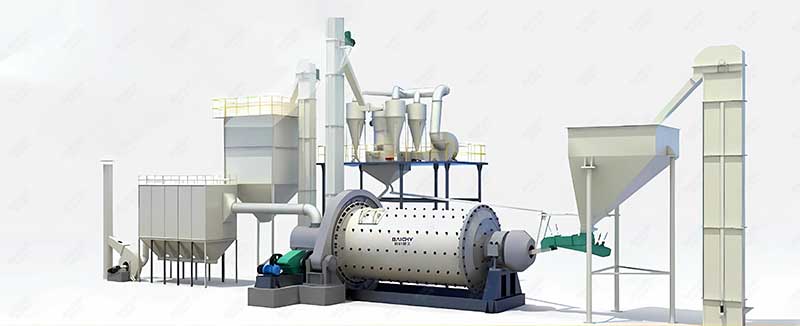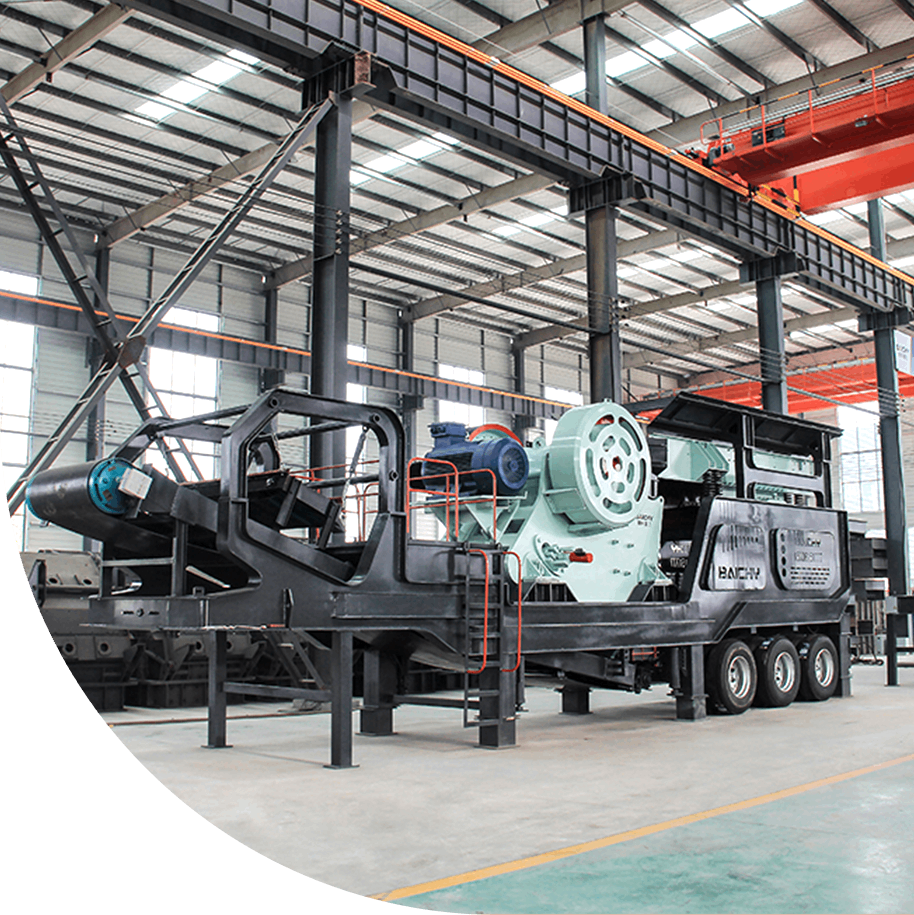 In the limestone crushing and grinding process, the ball mill plays a key role as an important piece of equipment.
In the limestone crushing and grinding process, the ball mill plays a key role as an important piece of equipment.
1. Limestone crushing stage
In the limestone crushing stage, a ball mill is usually not used directly for crushing, but crushing equipment more suitable for coarse and fine crushing, such as a jaw crusher and cone crusher, or impact crusher, is used.
Jaw crusher: used for the initial crushing of limestone, breaking large pieces of material into small pieces.
Cone crusher or impact crusher: used in the fine crushing stage, further crushing the coarsely crushed limestone into smaller particles to meet the needs of subsequent grinding processes.

2. Limestone grinding stage
The grinding stage is the process of further processing the finely crushed limestone particles into powder, and the ball mill plays an important role at this time.
Types of ball mills: In limestone grinding, the commonly used types of ball mills include continuous silicon aluminum ball mills, horizontal ball mills, etc. These ball mills impact and grind the limestone particles through internal grinding media such as steel balls or ceramic balls, thereby crushing them into powder.
Working principle: When the ball mill is working, the grinding media (such as steel balls) are lifted to a certain height in the cylinder and then fall down to impact and grind the material. At the same time, the rotation of the cylinder causes relative movement between the material and the grinding media, further promoting the crushing of the material.
Advantages: The ball mill has the advantages of high grinding efficiency, uniform crushing particle size, and wide application range. It can handle materials of various hardnesses, and the type and quantity of grinding media can be adjusted as needed to meet different grinding requirements.
3. Limestone crushing and grinding process
• Crushing: First, use a jaw crusher to preliminarily crush the large pieces of limestone, and then use a cone crusher or impact crusher for fine crushing to obtain a particle size suitable for grinding.
• Grinding: The finely crushed limestone particles are sent to the ball mill for grinding. In the ball mill, the limestone particles are crushed into powder by the impact and grinding of the grinding media.
• Grading and screening: The ground materials need to be graded and screened to remove unqualified large particles. Unqualified materials will be returned to the ball mill for re-grinding until they meet the qualified standards.
• Packaging: Qualified limestone powder enters the storage bin through the pipeline device, and then is packaged by the powder tanker or automatic packaging machine, and finally becomes the limestone powder product on the market.
4. Precautions
When selecting a ball mill, it is necessary to make comprehensive considerations based on actual production needs, material properties, grinding particle size requirements, and other factors.
During use, the ball mill needs to be maintained and maintained regularly to ensure its normal operation and extend its service life.
At the same time, it is also necessary to pay attention to safety production and environmental protection issues to ensure that the production process complies with relevant standards and regulations.
The ball mill plays an important role in the crushing and grinding process of limestone.











